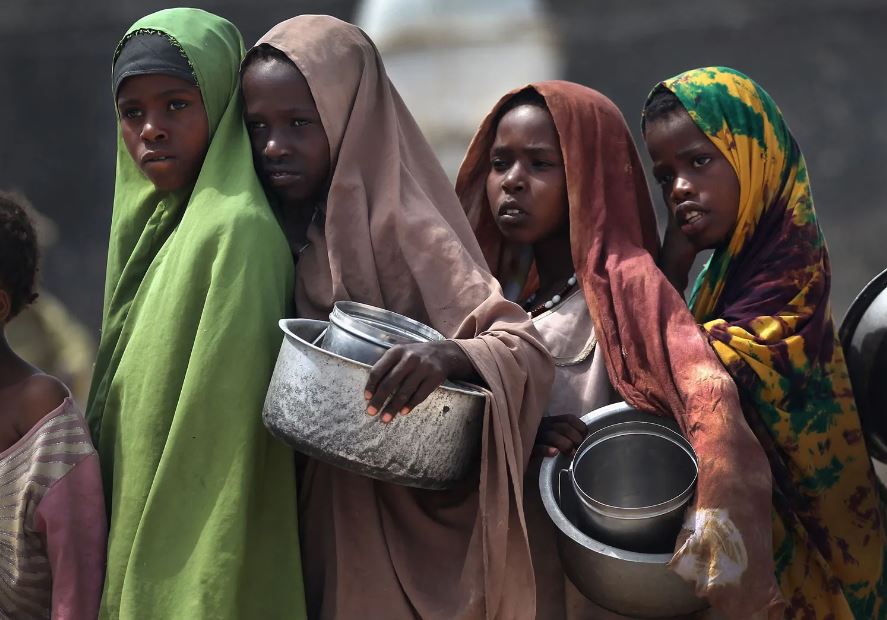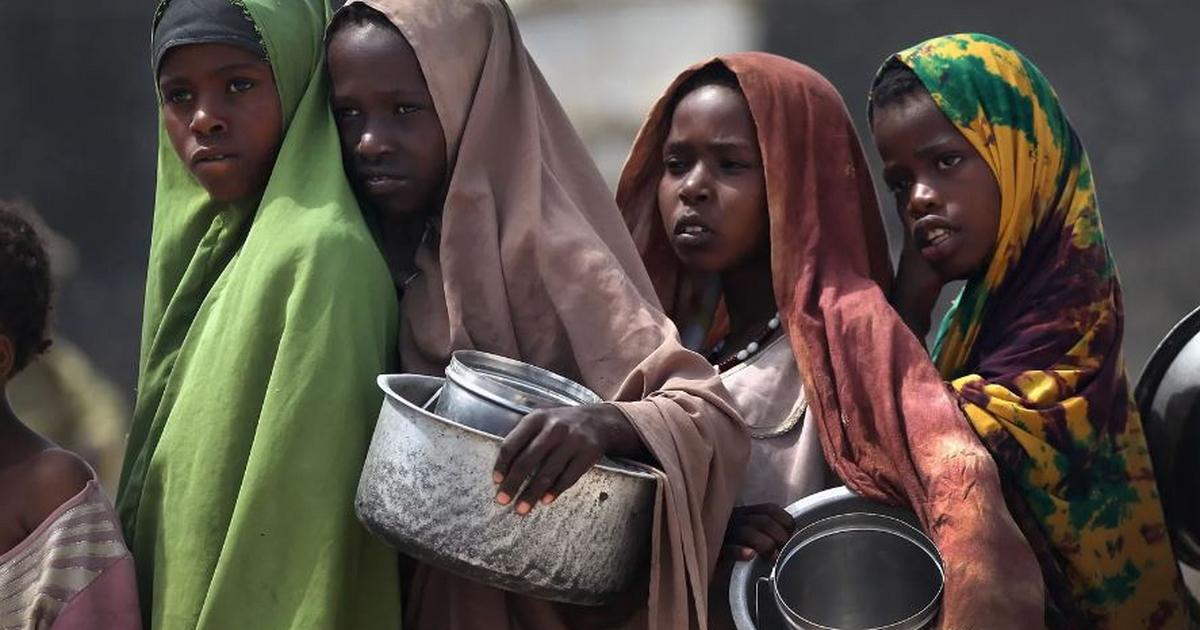
The number of individuals who faced acute food insecurity in 2023 stood at over 281.6 million people across 59 countries/territories with about 158 million residing in Africa.
The rise in global conflict, climate crisis, and economic shocks have continually driven more nations into a hunger crisis.
The Global Report on Food Crises (GRFC) 2024 says the number of individuals who faced acute food insecurity in 2023 stood at over 281.6 million people across 59 countries/territories with about 158 million residing in Africa.
According to the 2024 Global Report On Food Crises published by the Food Security Information Network (FSIN), three major drivers fuel food insecurity worldwide: conflicts/insecurity, extreme weather and economic shocks.
10 African countries with the highest level of food insecurity
The table below shows 10 African countries that have the highest percentage of residents affected by acute food insecurity and the different drivers in each country:
| S/N | Country | Population Affected | % Population | Major Driver |
|---|---|---|---|---|
|
1 |
South Sudan |
7.8M |
63% |
Economic Shocks |
|
2 |
Central African Republic |
2.7M |
44% |
Conflict/Insecurity |
|
3 |
Sudan |
20.3M |
42% |
Weather Extremes |
|
4 |
Somalia |
6.6M |
39% |
Weather Extremes |
|
5 |
Kenya |
5.4M |
32% |
Weather Extremes |
|
6 |
Republic of Congo |
1.9M |
31% |
Weather Extremes |
|
7 |
Namibia |
0.7M |
26% |
Weather Extremes |
|
8 |
Congo DRC |
25.8M |
25% |
Conflict/Insecurity |
|
9 |
Zambia |
2.0M |
23% |
Economic Shocks |
|
10 |
Zimbabwe |
3.5M |
23% |
Economic Shocks |
Further analysis of the report showed that food insecurity is more prevalent in East Africa (64.2 million) followed by Central and South Africa (49.6 million) then lowest in West Africa (44.3 million).
The report also shows that 24.9 million people are affected by high food insecurity in Nigeria placing it at second position globally – only second to the Democratic Republic of Congo with 25.8 million people affected.
However, Nigeria is not represented in the list as just 13% of the population is affected by food insecurity.
Just like other African countries currently battling internal conflicts, 3.5 million Nigerians have been displaced due to the effects of food insecurity caused mainly by conflicts and insecurity across the country.

















